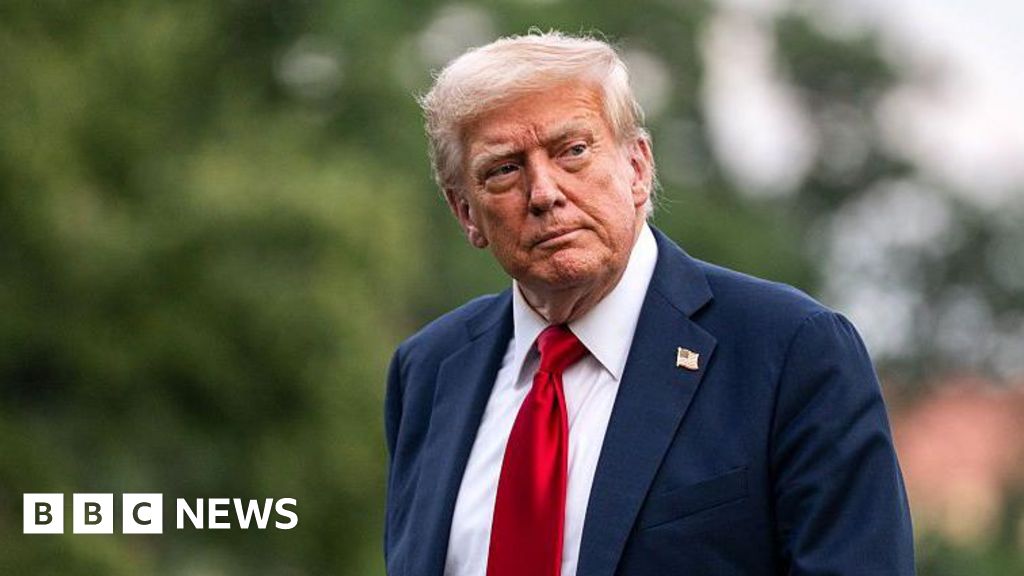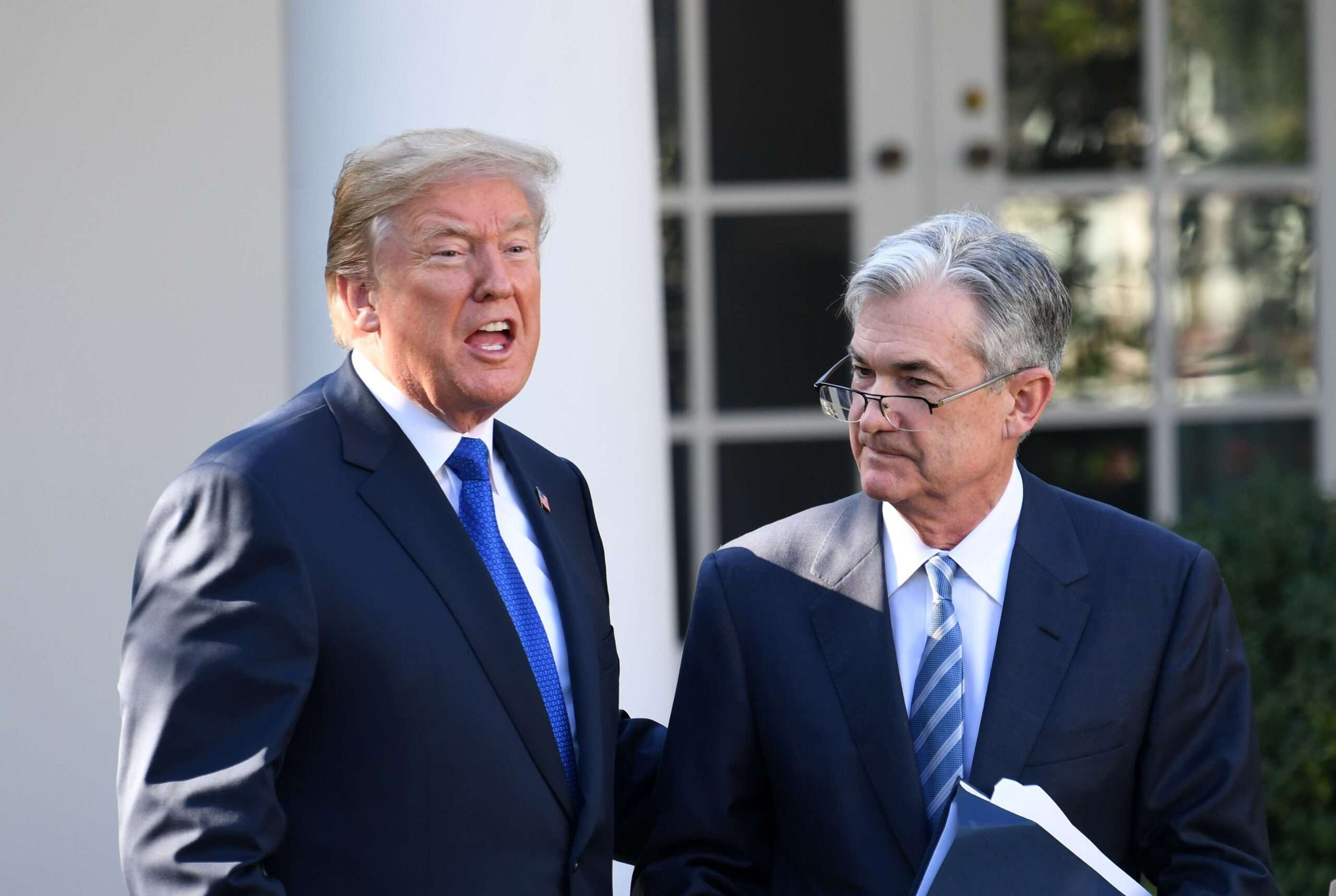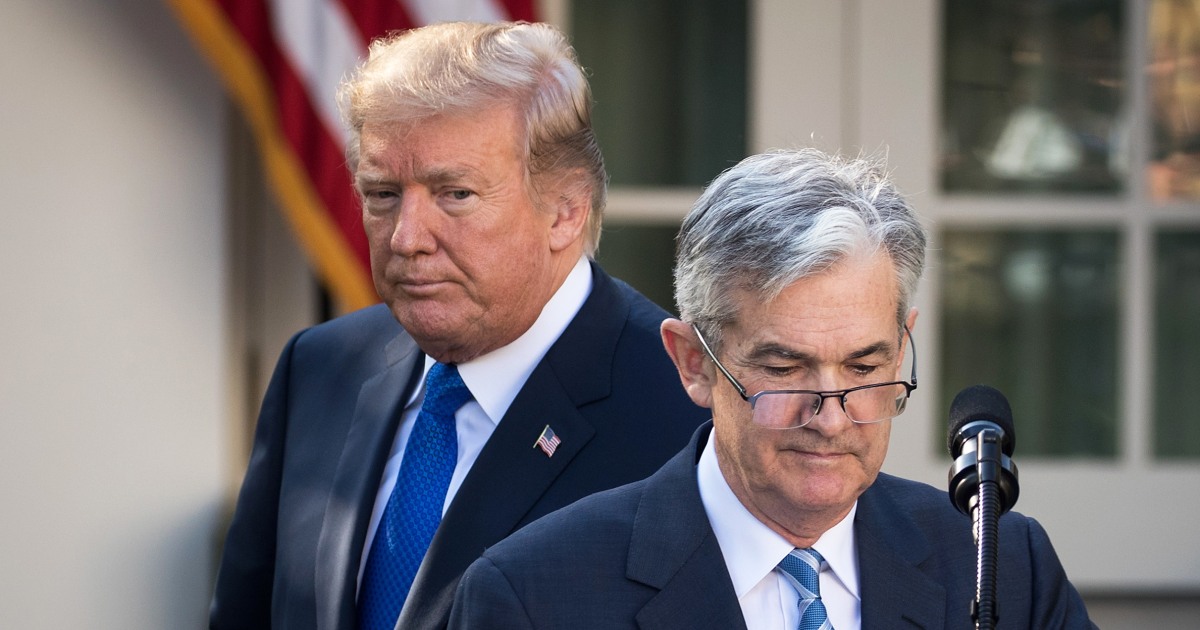In a significant move that underscores his ongoing tensions with the Federal Reserve, President Donald Trump is poised to visit the institution on July 24, marking the first official visit by a sitting president in nearly two decades. This landmark event comes amidst escalating pressure from Trump towards Fed Chair Jerome Powell to cut interest rates, which have remained steady at 4.3%. The president has utilized this visit not just as a personal engagement but as a platform to vocalize his dissatisfaction
with the Fed’s handling of monetary policy, specifically criticizing Powell's reluctance to respond more aggressively to economic challenges.
The backdrop for Trump's visit is the controversial $2.5 billion renovation of the Federal Reserve's headquarters, a project that has come under scrutiny from both within the administration and from the public. Allies of the president have seized upon the renovation costs to question the central bank's fiscal responsibility, using it as a rallying point in their broader critique of Powell's leadership. This situation exemplifies a deeper struggle over the role of the Federal Reserve in U.S. economic strategy, as Trump’s dissatisfaction with Powell's approach indicates a widening rift between the executive branch and the nation’s monetary authority.
As Trump prepares for this unprecedented visit, the implications extend far beyond the immediate optics. This move signals a potential reshaping of the dialogue surrounding economic management in America, with other prominent politicians expressing their own frustrations with Powell’s policies. The increased scrutiny and pressure from the White House challenge the autonomy of the Federal Reserve, raising profound questions about the institution's independence. This clash of power and policy could redefine the relationship between the presidency and the central bank, setting the stage for significant shifts in economic governance in the coming months.


















